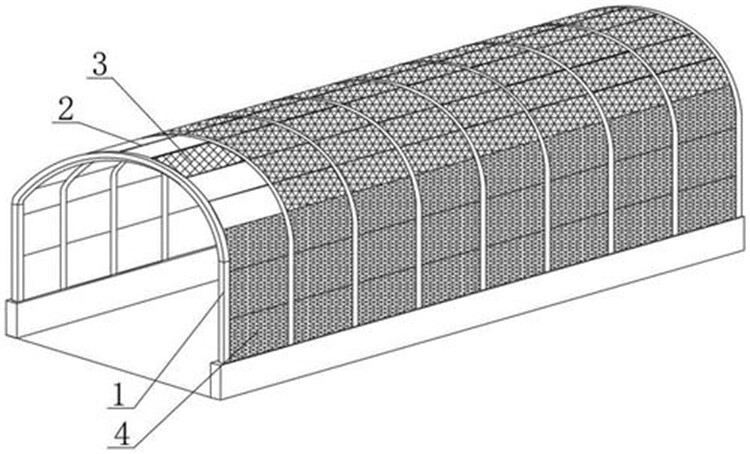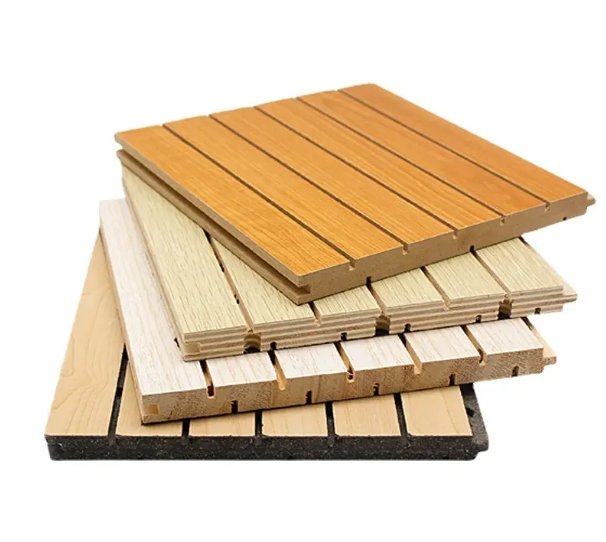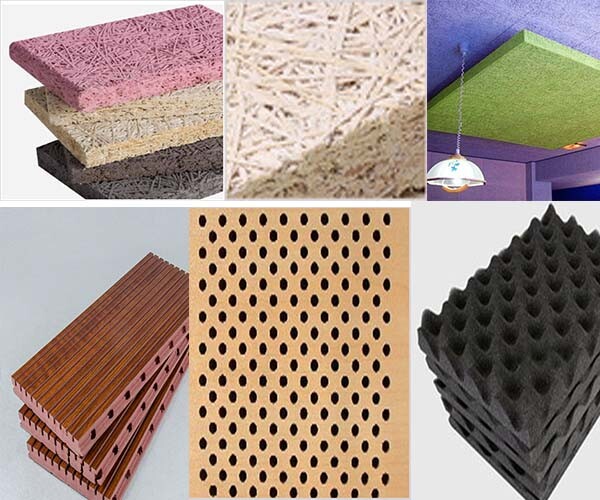
NEWS
Categories List
There are two main ways to reduce noise through sound barriers, namely sound insulation and sound absorption. One is to block the spread of noise, and the other is to absorb noise, thereby achieving the purpose of reducing noise. The working principles of the two methods are different. The working principle of the sound-absorbing board is to convert sound energy into heat energy through the extension of the line (sound wave). The working principle of the sound insulation board is to convert sound energy through the line (sound wave).

The impact of differences: The sound-absorbing board is to extend the sound wave space to achieve the effect of eliminating noise. The internal structure has a certain regularity, and the general surface will have a certain amount of pore space. Sound-absorbing boards are generally used in places with high acoustic requirements. As the name implies, sound insulation boards are mainly soundproof, and they have a certain degree of sealing to isolate various external noises and ensure the quietness of the indoor environment. Sound insulation boards are generally used in places where the indoor acoustic environment requirements are very high.
Methods for selecting high-quality sound insulation materials for sound barrier sound insulation boards and sound-absorbing boards:
1. Touch it with your hand. Good sound insulation materials feel hard and heavy. The sound insulation volume follows the principle of mass law, that is, the greater the unit density, the greater the sound insulation volume. The surface density is proportional to the sound insulation volume. Therefore, for the same unit area of sound insulation materials, the greater the density, the greater the mass, and the better the sound insulation volume.
2. Measure elasticity. Excellent elasticity can reduce the vibration of hard plates caused by sound waves. For example, a simple way to check the elasticity of the sound insulation felt is to cut the sound insulation felt into strips two or three centimeters wide, and then pull it hard with both hands. If it can be stretched relatively easily and the length returns to its original state after relaxation, then congratulations, this is a good sound insulation felt.
3. Test the durability. Strong durability is another standard of sound insulation materials.
4. Test the tensile force. Good sound insulation materials are not easy to tear without tools such as knives and scissors.
Leave A Reply

Get in Touch
*We respect your confidentiality and all information are protected.


